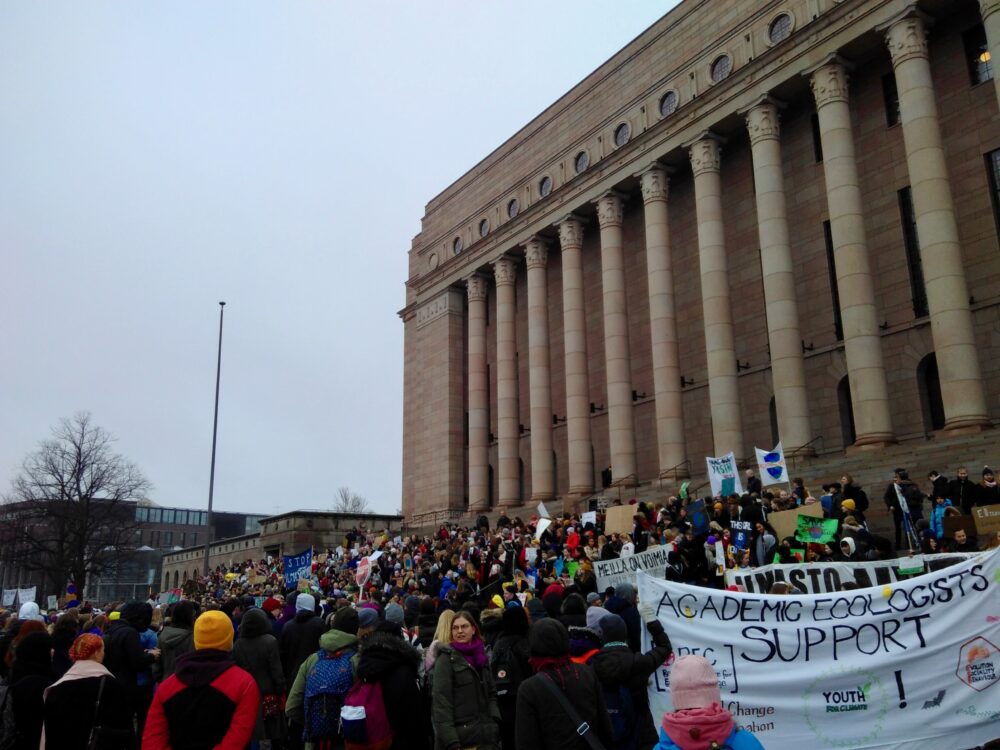This past December, the largest education strike in U.S. history ended after nearly six weeks of protesting as academic employees at the University of California approved new contracts. The striking workers, represented by the United Auto Workers, largely consisted of graduate student researchers and student employees working as teaching assistants, graders, and tutors. Highlights of the newly ratified agreement include wage increases of up to 80% and upgraded healthcare, childcare, and transportation benefits. These needs of workers, recognized by the agreement, have historically been neglected in higher education.
Rising living costs in the state of California played a major role in the strike. The union specifically demanded that the university consider wage compensation in the context of campus-area housing costs, such that employees would be able to afford to live there. The final deal includes a two-year wage increase period, with higher pay scales for those employed at campuses in Los Angeles, Berkeley, and San Francisco. Through this deal, starting salaries for graduate student researchers and teaching assistants will rise from around $22,000–$24,000 to around $34,000–$36,500 depending on the cost of living on their campus. However, opponents of the contract assert that the proposed pay rates do not cover living costs in these cities nor do they approve of the extended increase period. After the tentative agreement was announced, some union members voiced these concerns among others during a weeklong opposition campaign in hopes of reaching a more favorable deal, but the initially-proposed agreement was ratified without change.
“Longstanding public disinvestment in higher education has decreased tenured professorships and promoted reliance on graduate student workers to teach courses.”
In 2022, 15 academic strikes occurred on U.S. university campuses, signifying that changes in higher education employment are due. Longstanding public disinvestment in higher education has decreased tenured professorships and promoted reliance on graduate student workers to teach courses. Risa Leiberwitz, general counsel for the American Association of University Professors, attributes the recent growth in unionization and strikes to the economic exploitation of workers colleges have facilitated by reducing secure, tenured positions and increasing underpaid faculty positions that lack job security. The rise in labor strikes on college campuses is also part of a post-pandemic strike wave across the U.S. economy. According to Bloomberg Law, union work stoppages hit a 17-year peak in 2023, which may indicate that the COVID-19 pandemic has led people to reconsider what working conditions they are willing to tolerate in a job.
Student researchers and employees are the backbones of research and education at higher education institutions, says Rafael Jaime — a doctoral candidate at the University of California, Los Angeles, and the president of the United Auto Workers branch for University of California student workers — in a recent statement. Jaime emphasizes that universities must support their workers, especially those who are part of marginalized groups, and believes the contract agreement will improve the quality of life for all academic employees at the University of California. As the strike wave continues to spread, salary increases and more comprehensive benefits could reside in the near future for academic workers across the country.
Image courtesy of Wikimedia Commons
